The basic equipment of many manufacturing companies now also includes truning machines. This expands the production spectrum to include components that are ideally manufactured on a turning machine. But here, too, the right turning machine for one's own manufacturing operation must be determined before the purchase. Factors such as the design of the turning machines can play an important role in this.
In the same way, the maintainability and cost-effectiveness of the NC or CNC machines should also be considered for the choice.
In a turning machine, material is removed from the workpiece in the form of chips. "Turning" is a subtractive manufacturing process, whereby a distinction is made between different turning processes. A distinction can be made between hard turning, longitudinal turning, facing, skiving and many other turning processes. In a turning machine, the workpiece rotates around its axis of rotation and the tool is fixed. In a milling machine, on the other hand, the tool moves and the workpiece is fixed. The advantages of a CNC turning machine include, for example, easy operation or high accuracy. The machine hourly rates for CNC turning are approximately between 45 EUR/h and 92 EUR/h. However, this can vary depending on the complexity of the component, production location and order volume.
Almost all turning processes can be implemented on it. The headstock is usually on the left and the tailstock on the right. The tailstock has the task of supporting long workpieces, holding workpieces between centres or holding drilling tools. The centre point, which is usually included,
is responsible for accuracy and precision. Likewise, the main spindle is hollow and the feeds can be manual and mechanical (via the traction and lead spindles). The vertical turning machine is well suited for large and sometimes heavy workpieces. The workpiece is placed on a horizontally rotating face plate and towers and cross beams are mounted laterally as a guide. Up to three turning tools can exist at the same time, which saves a lot of time for the manufacturing company. Flatbed turning machines have a horizontal bed and are well suited for heavy workpieces.
This machine can accommodate high machining forces and is similar to a lead screw lathe, only with more powerful components.
Short workpieces are machined on the front turning machine.
In contrast to the aforementioned vertical turning machine, there is no support by the tailstock. The bed here is at right angles to the axis of rotation of the main spindle. The rotary peeling machine has a special position, as here the tool rotates and the feed is carried out by the workpiece. Further distinctions for turning machines are, for example,
the ultra-precision turning machine, the universal turning machine and
the vertical turning machine with self-loading spindle. The most important distinction for most manufacturing companies, however, is between NC machines and CNC machines.
An NC machine is hardware-based and requires a qualified operator.
An NC machine must be controlled by means of a command set.
This command set is in the form of numbers, letters and symbols.
NC machines can machine on the XY axis and in a straight line,
but continuous operation of the machine is difficult or often impossible. Likewise, it is not possible to store data in the machine and programme changes are difficult to implement. Machining with an NC machine is more time-consuming than with a CNC machine.
A CNC machine, unlike an NC machine, is software-based and can be operated by an employee with basic knowledge. Here, the control can be done by the movements of the workpiece and the tool. The control is carried out with the help of a prepared programme in the computer.
The part machining can be done on a CNC machine on the XYZ axis. Programme changes are possible during the whole-day commissioning. On a CNC machine, storage in the PC and repetition are also possible.
Compared to an NC machine, the accuracy but also the costs are higher on a CNC machine. The accuracy can be up to 0.001 mm.
The main components of a turning machine are the frame and the machine bed. This is where the other parts, such as the headstock,
tool slide or tailstock and steady rest are attached. The bed and
the frame usually form one unit. The frame is usually a welded steel construction or made of cast iron. It bears the weight of all components and must therefore be of strong construction. In addition, there should be good damping, as vibrations have to be absorbed. The truning machine bed is located horizontally on the frame and supports the tool slide, tailstock and steady rest. The lathe bed is usually made of vibration-damping cast iron or is cast from reaction resin concrete.
In addition, the lathe bed is often inclined to facilitate chip removal.
The headstock is usually located on the left-hand side of a turning machine. This is connected to the motor with a belt drive and gearbox. Often there is also a reversing gear for the directions of rotation.
This force is then transmitted to the lead and pull spindles via change gears and feed gears. In NC machines, there is a separate drive for each machining axis. The ball screw used here transmits the movement to the slides. A ball screw is a screw drive, where built-in balls transmit forces that arise between the screw and the nut. In this way, movements can be carried out with a high degree of efficiency. Free-cutting steel is the most suitable material for high feed rates and cutting speeds. The tool slide,
as mentioned before, lies on the bed and moves in the longitudinal direction. The cross slide then moves on this cross slide transversely to the axis of rotation. On center turning machine there is a tool carrier on the top slide where the tool holder is carried. The tailstock is for supporting long turned parts. For this purpose, the tailstock engages in a so-called centring hole. The steady rest ensures that long, thin turned parts are supported at every point. This prevents the workpiece from swinging and bending.
The machine hourly rate can be used to calculate the costs of a machine per hour. At the beginning of the calculation of these machine hourly rates, a first overview of the fixed costs of a machine must be determined. These include the company's space costs, electricity, maintenance and operating material costs. But also the imputed depreciation and the imputed interest can be subordinated under the fixed costs.
These costs are now added together to obtain the fixed costs per machine: Space costs + electricity costs + maintenance costs + costs for operating materials + imputed depreciation + imputed interest = fixed costs per machine.
For the machine hourly rate, these fixed costs per machine are now divided by the running hours. This results in the following calculation: machine hourly rate = fixed costs per machine / running hours.
The previously mentioned individual factors of the fixed costs per machine can also be calculated. Thus, the running time of the machine is calculated in hours by subtracting the scheduled maintenance and repairs from the shift times.
Calculations
- Space costs + electricity costs + maintenance costs + costs for operating materials + imputed depreciation + imputed interest = fixed costs per machine
- Machine hourly rate = Fixed costs per machine / Running hours
- Running time of the machine in hours = Shift times - Scheduled maintenance and repairs
- Depreciation per machine hour = replacement cost / (useful life in years x machine running time per year)
This leads to the following equation: running time of the machine in hours = shift times - scheduled maintenance and repairs. Normally, the weekly shift times in manufacturing operations are 40 hours. In the two-shift model, the machine is already used 80 hours per week. This means that the machine hourly rate is increased because the machine runs twice as long. To get the depreciation per machine hour, the replacement cost is divided by the useful life in years. To do this, the useful life is added to the machine running time per year. This equation can be derived from this: Depreciation per machine hour = replacement cost / (useful life in years x machine running time per year).
The interest per machine hour and the space costs are calculated using the following formulae: interest per machine hour = (1/2 x acquisition cost x interest rate) / (machine life per year x 100). Space costs per machine hour = (base area in sqm x space costs in EUR/sqm) / machine running time per year. In order to obtain the energy costs per machine, a further calculation is necessary. At the beginning, the energy consumption is divided by the machine hours. In addition, the energy costs are divided by the energy unit. The result of these two calculations is then multiplied to obtain the final result of the energy costs consumed per machine hour. Here again the equation: energy cost per machine hour = (energy consumption / machine hour) x (energy cost / unit of energy).
Calculations
- Interest per machine hour = (1/2 x acquisition cost x interest rate) / (machine life per year x 100)
- Space cost per machine hour = (base area in sqm x space cost in EUR/sqm) / machine running time per year
- Energy cost per machine hour = (energy consumption / machine hour) x (energy cost / unit of energy)
- Maintenance cost per machine hour = total maintenance cost / (service life in years x machine life per year)
Finally, the maintenance cost per machine hour is calculated by dividing the total maintenance cost by the service life in years multiplied by the machine uptime per year: maintenance cost per machine hour = total maintenance cost / (service life in years x machine uptime per year).
All these invoices help the fabricator to calculate an overview of the fixed costs and the operating costs of a machine. How does this relate to the preparation of tenders? Are the calculated data sufficient to achieve a market-oriented offer? Do other cost factors have to be taken into account when preparing tenders? In order for the price of an offer to be in line with the market, in addition to the fixed costs mentioned above, the factor personnel must also be How much personnel is needed to manufacture the component and how high are these personnel costs? Depending on the operation, however, additional costs may be included. The calculated machine hourly rate is used to calculate bids.
On the market is offered a variety of turning machines, with different advantages and disadvantages. This has to be balanced for the manufacturing company from contract manufacturing.
This allows the company to select the best turning machine for the realization of the turned parts. Based on fundamental information such as the structure of a lathe or the different types, one can get a good overview. If the proposed criteria are observed, a new turning machine can make a successful and economical contribution to the company! Furthermore, for the high-precision production of 0. 001mm, a turning machine is necessary, because with other types of production this high precision cannot be achieved or only at higher costs.
Try our service!
Convince yourself of our uncomplicated service and make a production request.
You'll be surprised how little effort it takes.
Look forward to a high-quality prototype or a corresponding small series on the desired delivery date, which fully corresponds to your production drawing. Try it out - it's worth it!


![[Translate to English:] PART FACTORY_Drehen [Translate to English:] PART FACTORY_Drehen](/fileadmin/_processed_/4/0/csm_PARTFACTORY_Drehteil-in-Maschine_daf2c455a6.jpg)
![[Translate to English:] PART FACTORY_Drehmaschine [Translate to English:] PART FACTORY_Drehmaschine](/fileadmin/_processed_/3/6/csm_PARTFACTORY-Drehbank_e57dc1f604.jpg)
![[Translate to English:] PART FACTORY_Drehmeißel [Translate to English:] PART FACTORY_Drehmeißel](/fileadmin/_processed_/0/f/csm_Drehmeissel_2a7ff90f22.jpg)
![[Translate to English:] PART FACTORY_Sanduhr [Translate to English:] PART FACTORY_Sanduhr](/fileadmin/_processed_/3/e/csm_PART_FACTORY_Sanduhr_transpartent_b48f4e2ea8.jpg)
![[Translate to English:] PART FACTORY_Preiserhöhungen [Translate to English:] PART FACTORY_Preiserhöhungen](/fileadmin/_processed_/6/9/csm_PART_FACTORY_Preiserhoehung_bearbeitet_transparent_34a21fc22c.jpg)
![[Translate to English:] PART FACTORY_CNC-Drehen [Translate to English:] PART FACTORY_CNC-Drehen](/fileadmin/_processed_/d/f/csm_PARTFACTORY_CNC-Drehen-Auftraege-finden_cc54babe43.jpg)
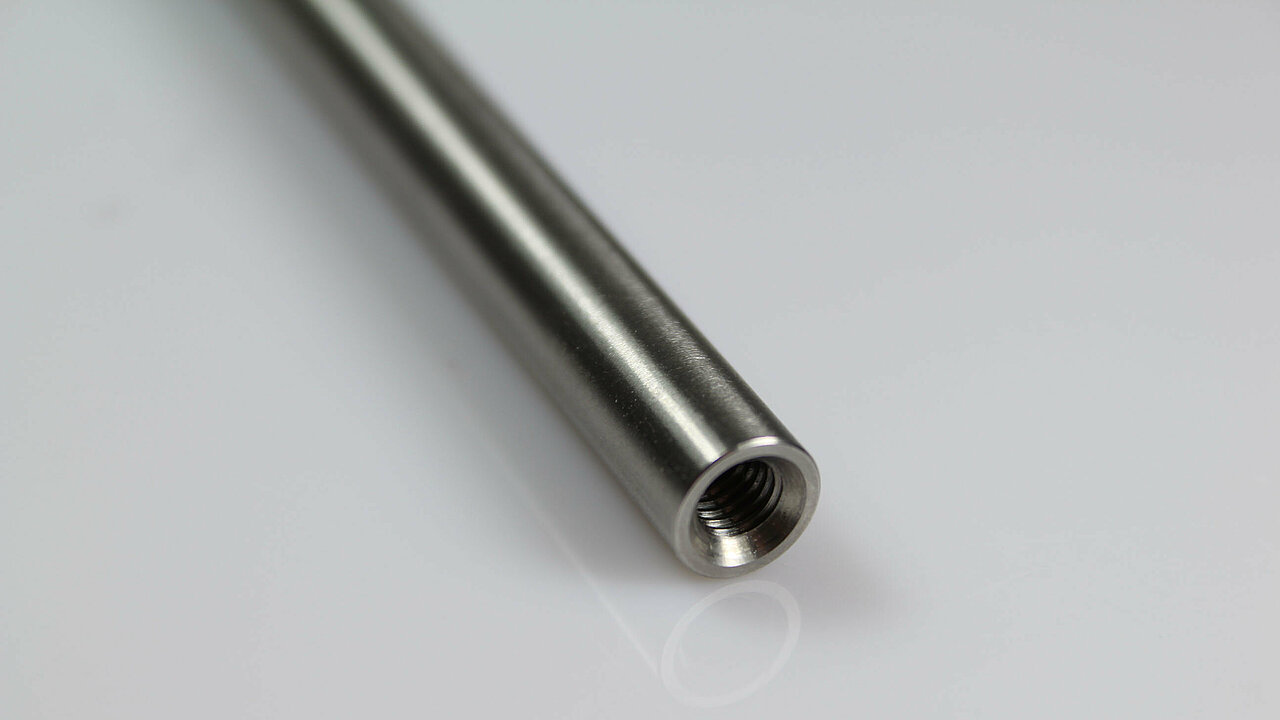
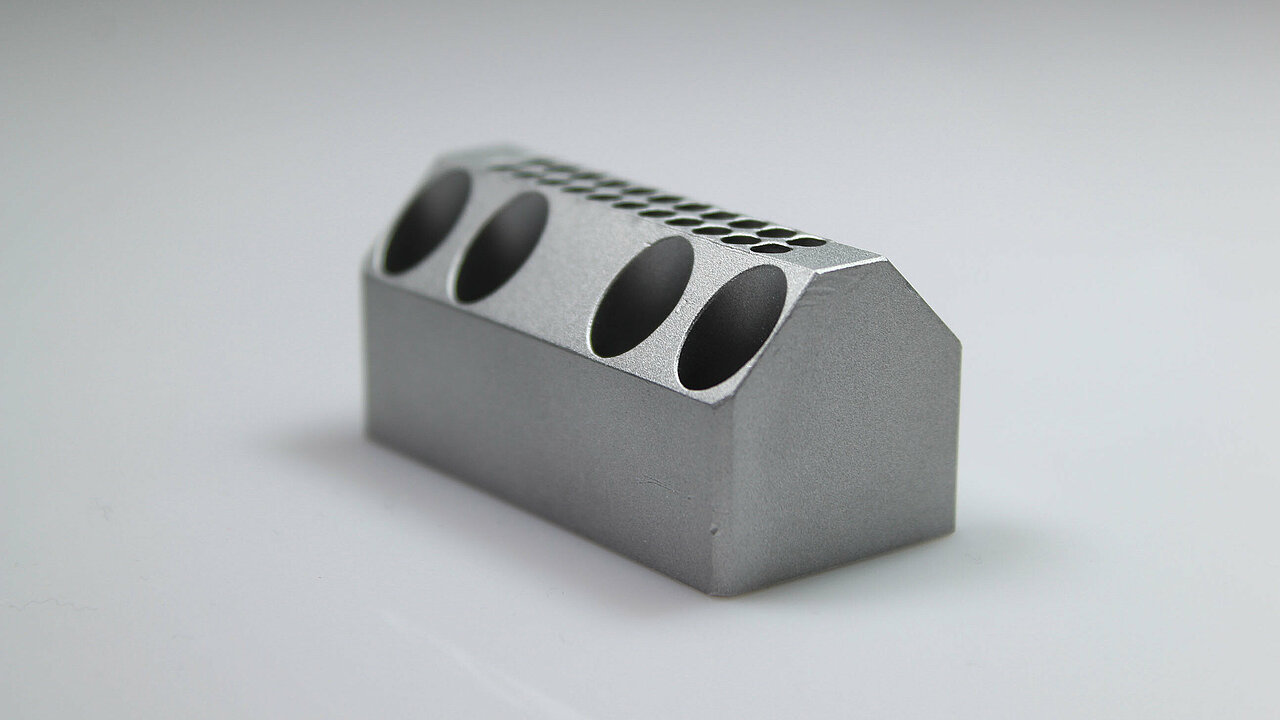
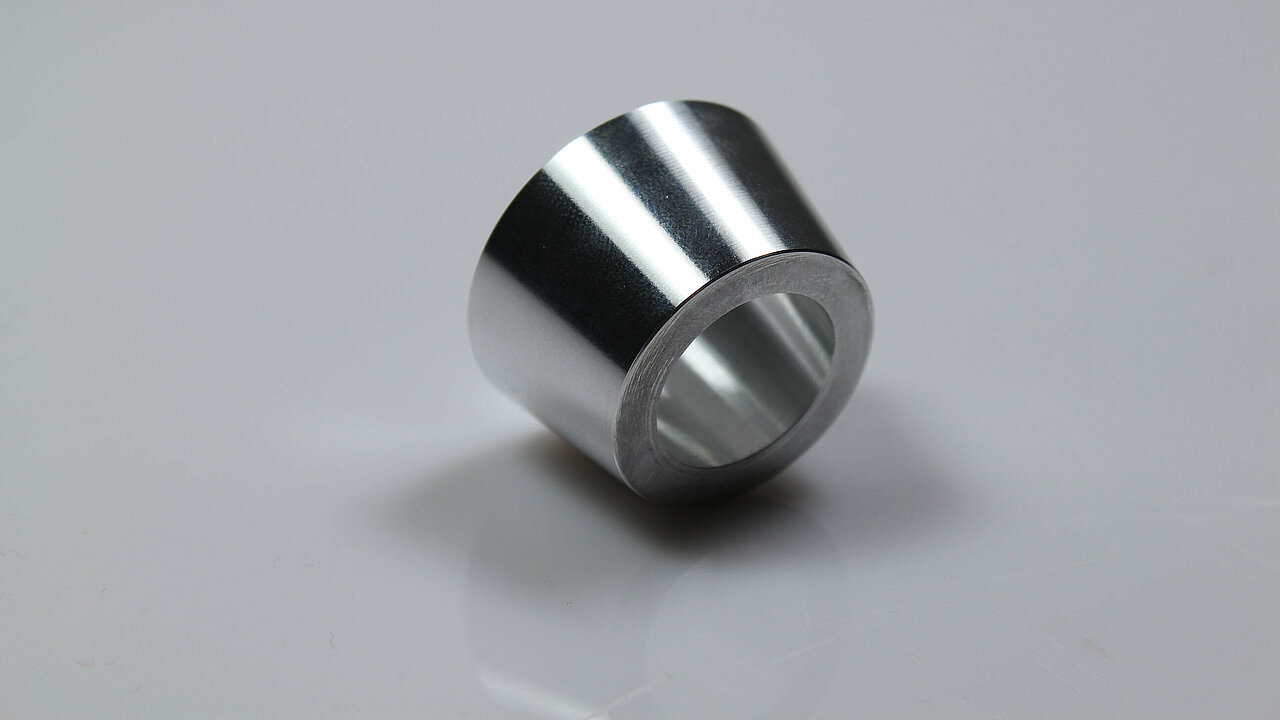
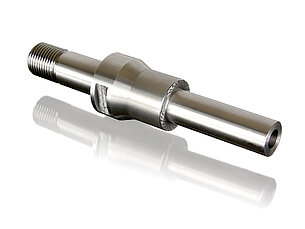
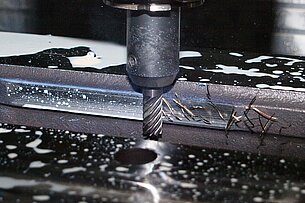
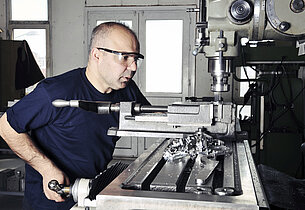


![[Translate to English:] PART FACTORY - Kontaktaufnahme [Translate to English:] PART FACTORY - Kontaktaufnahme](/fileadmin/_processed_/2/4/csm_woman-2773007__340_590260e0fe.jpg)